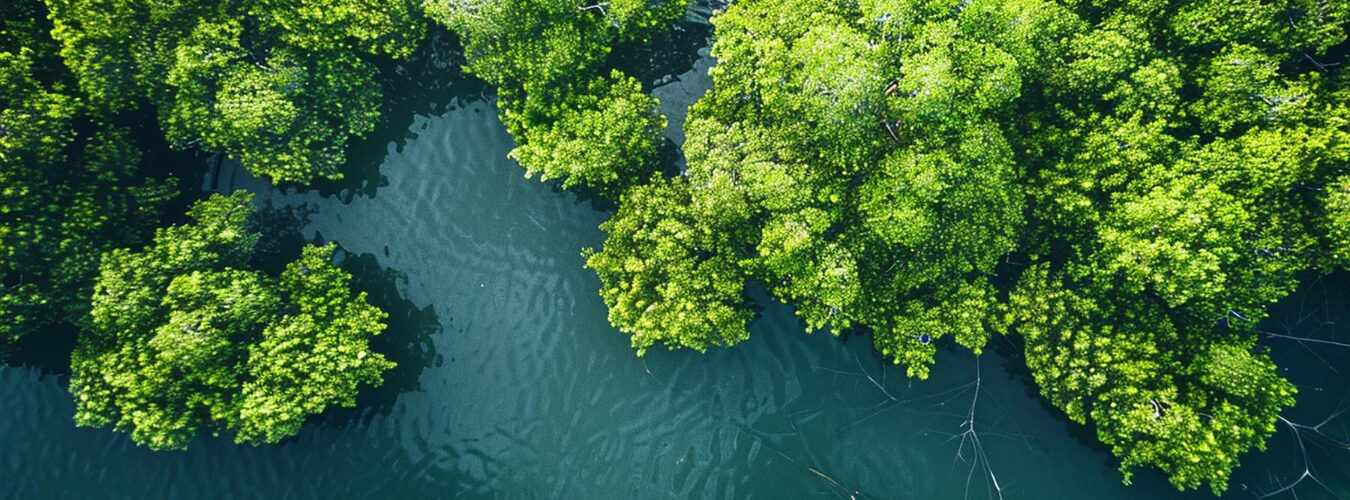Mangroves: Vital Coastal Ecosystems

Mangrove Plantation lifecycle

Stage 1
Seed Collection

Stage 2
Seed segregation

State 3
Nursery prepration

Stage 4
Sapeling generation

Stage 5
Sowing Saplings

Stage 6
Monitoring & Maintenance
Why Mangroves?
Mangrove plantation is vital for protecting coastal ecosystems and mitigating climate change. Mangroves act as natural barriers, reducing coastal erosion and protecting shorelines from storms and flooding.
They are crucial for biodiversity, providing habitat for numerous marine and terrestrial species. Mangroves also play a significant role in carbon sequestration, absorbing and storing large amounts of carbon dioxide, which helps combat global warming.
Additionally, they support local communities by sustaining fisheries, providing resources, and enhancing livelihoods. Investing in mangrove plantation ensures healthier ecosystems, resilient coastlines, and sustainable benefits for both the environment and human populations.
Better than traditional trees?
Mangrove plantations can be better than traditional tree plantations in specific contexts due to their unique benefits. Mangroves excel in coastal protection, reducing erosion, and shielding shorelines from storm surges and tsunamis.
Mangroves are also exceptional carbon sinks, sequestering significant amounts of carbon dioxide, which helps mitigate climate change. While both mangrove and tree plantations offer valuable environmental benefits, mangroves are particularly advantageous in coastal regions where their ecological and protective functions are unparalleled.
Restore Mangrove Forests and Secure Our Future. Join us to make it happen. We manage every step.
Site Assessment and Preparation
Conduct thorough site evaluations to determine suitability for mangrove restoration, including soil and water conditions, and prepare the area by removing debris and addressing any environmental challenges.
Seedling Propagation and Planting
Grow healthy mangrove seedlings in nurseries and transplant them to selected restoration sites, ensuring optimal spacing and planting techniques for maximum survival and growth.
Monitoring and Maintenance
Regularly monitor the health and growth of mangroves, manage pests and diseases, and provide necessary maintenance such as irrigation and nutrient supplementation.
Engagement and Education
Involve local communities in restoration efforts, provide training and education on the importance of mangroves, and promote sustainable practices to ensure long-term project success.
